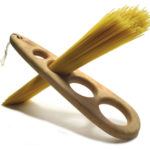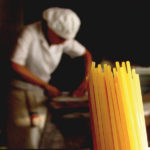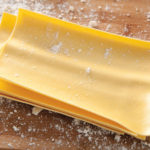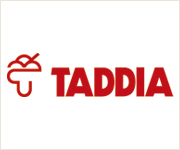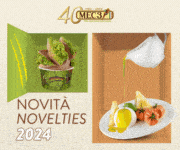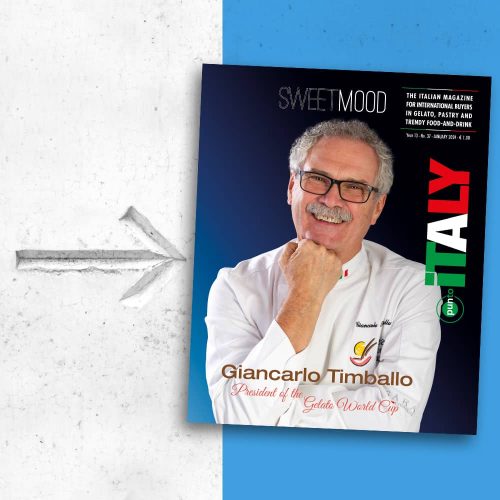The origins of true Italian pasta
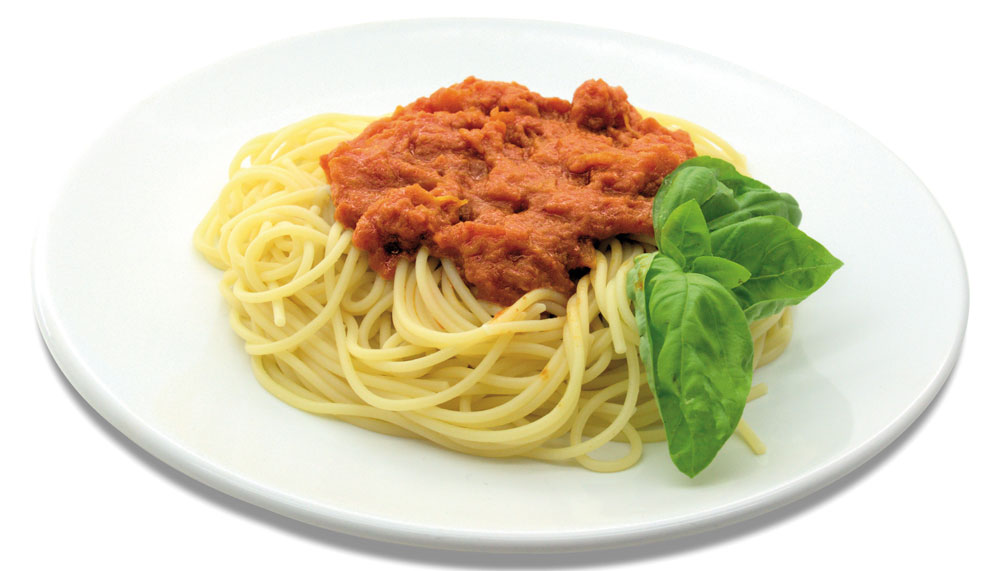
Without a doubt, pasta is one of the dishes that best represents the stereotype of traditional Italian cuisine. Its origins are hotly debated: legend says that Marco Polo brought it from China to the West, in 1295.
Historically, however, it has been shown that this is false, because there is written evidence as early as the first century BC by the hand of Latin authors like Horace and Cicero who raved about the goodness of “làgana,” Greek ancestor of today’s lasagna.
To be honest, it’s difficult to lock down pasta’s origins both in time and geography. A much credited historical theory affirms that its ancestor existed already in Neolithic times, when man learned to cultivate cereals.
In any case, the first certain date is 1154, when an Arab geographer spoke of “a flour food in the shape of strings” called “triyah”, which was made in Palermo and exported to the whole Italian peninsula.
The classic combination with tomato, on the other hand, came about much later, when it was imported from Peru around 1550 and then its later cultivation in Italy, about half way through the following century. Between legend and history, it is fun to discover the origins of some names that are now famous the world over.
LASAGNA
Lasagna is made from dough, today almost always with added egg, cut into roughly rectangular sheets from which the name is derived, and once boiled and drained they are placed in layers alternating with any one of a number of variations of filling from the various regions of Italy, mainly consisting of meat, cheese, and vegetables. The term “lasagna” is derived from the Latin “làganum” and the ancient Greek “làganon”, meaning floppy, soft. It indicates a particular shape of pasta obtained by cutting it into large squares or rectangles, to then be cooked in oil. It is therefore the oldest pasta shape produced in Italy, used as far back as Greco-Roman times.
The later choice to cut these large squares of pasta into smaller strips led to the birth of the pasta we all call spaghetti.
SPAGHETTI
According to the Italian dictionary, spaghetti is a kind of dry, threadlike pasta, long and thin with a circular cross section, typical of Italian cuisine. Its first mention is found in a book by Ruggero published in 1154, talking about a stringy pasta, slightly rounded, called “itrya” (from the Arab “itryah” which means “fine focaccia cut into strips”), which was sent by ship in large quantities throughout the Christian and Muslim Mediterranean.
The first appearance of the word spaghetti (intended as diminutive nickname of spago [twine]) is commonly attributed to the Neapolitan comedy writer Antonio Viviani in 1824.
To understand how the term spaghetti is today synonymous with Italy, it is curious to note that western films produced in Italy that imitated the American genre are known worldwide as spaghetti westerns.
Recent Blog Posts
 Medac and AIFA: Hip hip hooray for Charles!
Medac and AIFA: Hip hip hooray for Charles! Sigep 2024 - Carpigiani’s special events with a look at the “green” future of Gelato and pastry
Sigep 2024 - Carpigiani’s special events with a look at the “green” future of Gelato and pastry Maurizio Manzi, as Ambassador for AIG, at the Melbourne Italian Festa
Maurizio Manzi, as Ambassador for AIG, at the Melbourne Italian Festa Medac awarded with the EcoVadis gold medal
Medac awarded with the EcoVadis gold medal MIG Longarone and SIRHA Budapest: a new dynamic space for italian gelato
MIG Longarone and SIRHA Budapest: a new dynamic space for italian gelato Medac supports Alice Italian Food Academy
Medac supports Alice Italian Food Academy The Gelatissimo 2024 online ticket office is officially open.
The Gelatissimo 2024 online ticket office is officially open. Casa Optima Group looks for two exclusive agents
Casa Optima Group looks for two exclusive agents Gelatissimo 2024: here the first information
Gelatissimo 2024: here the first information Ci Gusta opens a new store into the “Il Mercato Eat&Meet” in Reggio Emilia
Ci Gusta opens a new store into the “Il Mercato Eat&Meet” in Reggio Emilia

